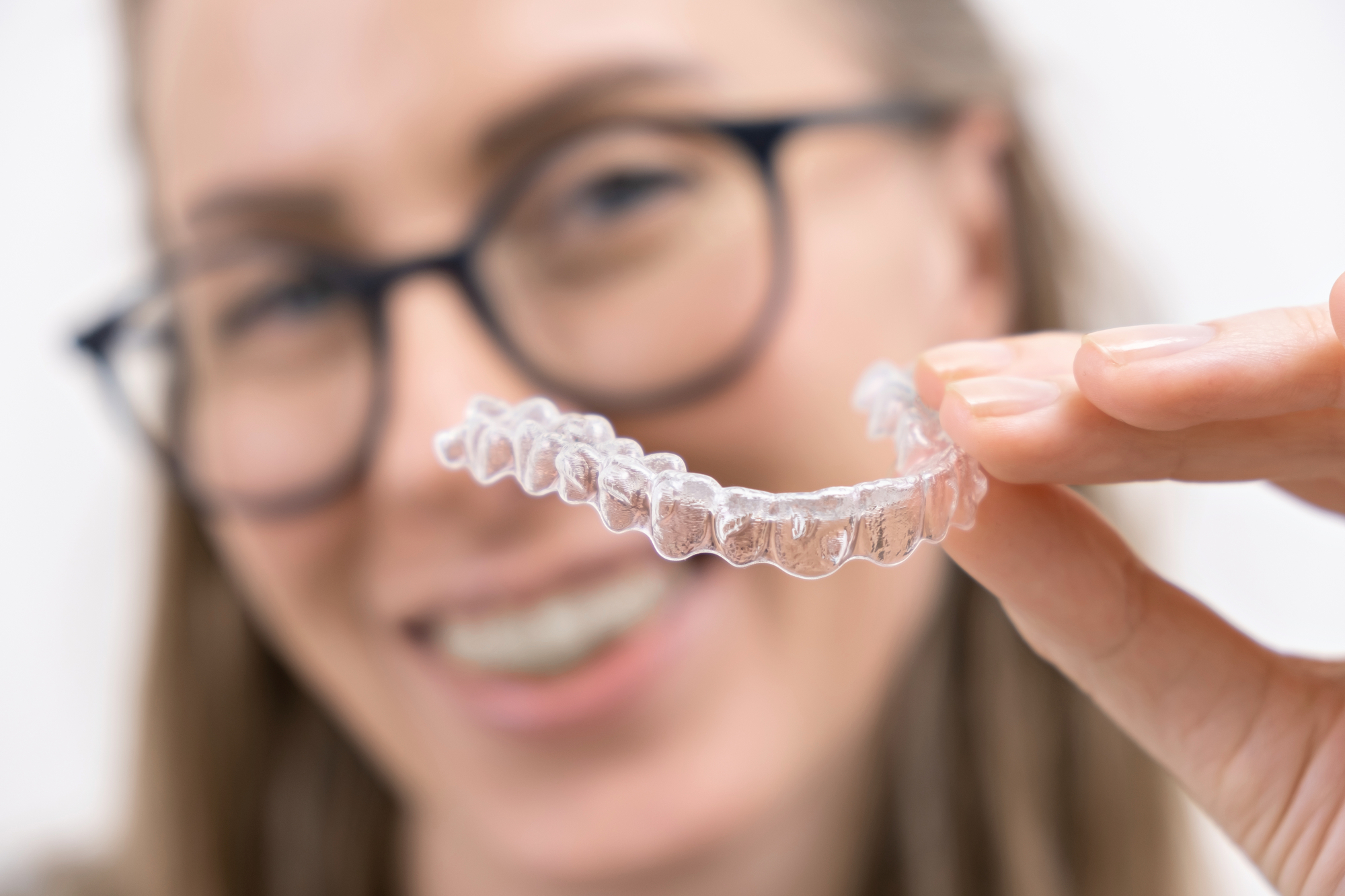
In recent years, the world has witnessed a significant transformation in how we communicate and present ourselves, largely driven by the rise of social media and online meetings. In this digital era where every smile is magnified on screens, the quest for a perfect smile has become more prevalent than ever. Enter Invisalign, a revolutionary orthodontic treatment that aligns teeth discreetly, effectively, and comfortably. However, before delving into the intricacies of Invisalign, it’s imperative to understand its cost, alternatives, and how it compares to traditional braces, especially considering the profound impact of social media and online interactions on our self-image and confidence.
The Rise of Invisalign and its Synergy with Social Media
Invisalign has swiftly emerged as a preferred choice for individuals seeking orthodontic treatment, primarily due to its virtually invisible aligners. The aligners are custom-made to fit snugly over the teeth, gradually shifting them into the desired position. This discreet nature of Invisalign aligners resonates well with the modern lifestyle, especially in the age of social media, where appearances often take center stage.
In today’s digitally-driven world, where every moment is captured and shared online, the pressure to maintain an attractive appearance is more pronounced than ever. Social media platforms like Instagram, Facebook, and TikTok serve as virtual stages where individuals showcase their lives, including their smiles. Consequently, the desire for a flawless smile has intensified, prompting many to seek orthodontic solutions like Invisalign.
Moreover, the prevalence of online meetings, whether for professional or social purposes, has further accentuated the importance of a confident smile. In virtual interactions, where facial expressions are closely scrutinized, a beautiful smile can significantly enhance one’s presence and charisma. In this context, Invisalign’s ability to discreetly correct dental imperfections while allowing individuals to maintain their confidence becomes exceptionally valuable.
Understanding the Cost of Invisalign
One of the foremost considerations for individuals contemplating Invisalign treatment is its cost. Compared to traditional braces, Invisalign tends to be slightly more expensive, primarily due to the advanced technology involved in creating custom aligners. The cost of Invisalign treatment can vary depending on various factors, including the severity of the dental issues, the duration of treatment, and the geographic location of the dental provider.
On average, the cost of Invisalign treatment ranges from $3,000 to $8,000, making it a considerable investment for many individuals. However, it’s essential to recognize that the benefits of Invisalign extend beyond mere aesthetics. Apart from aligning teeth, Invisalign can also improve oral health by correcting bite issues and reducing the risk of gum disease and tooth decay.
Exploring Alternatives to Invisalign
While Invisalign offers numerous advantages, including aesthetics, comfort, and convenience, it may not be the ideal choice for everyone. Some individuals may prefer traditional braces or explore alternative orthodontic treatments based on their specific needs and preferences.
Traditional braces, consisting of metal brackets and wires, remain a reliable option for correcting dental misalignments. Despite being more conspicuous than Invisalign aligners, traditional braces are often more suitable for complex orthodontic cases that require precise control over tooth movement.
Another alternative to Invisalign is ceramic braces, which blend in more seamlessly with the natural tooth color, offering a less conspicuous option compared to metal braces. Ceramic braces provide a balance between aesthetics and effectiveness, making them a popular choice among individuals seeking a discreet orthodontic solution.
A Comparative Analysis: Invisalign vs. Traditional Braces
When weighing the pros and cons of Invisalign against traditional braces, several factors come into play. Invisalign offers the advantage of being virtually invisible, making it an appealing option for those concerned about the aesthetics of orthodontic treatment. Additionally, Invisalign aligners are removable, allowing individuals to enjoy their favorite foods without restrictions and maintain optimal oral hygiene.
On the other hand, traditional braces are fixed appliances that exert continuous pressure on the teeth, resulting in more predictable and precise tooth movements. While they may be more noticeable than Invisalign, traditional braces are often more effective for correcting severe dental issues and achieving comprehensive orthodontic results.
In conclusion, Invisalign has emerged as a game-changer in the field of orthodontics, offering a discreet, comfortable, and effective solution for individuals seeking to enhance their smiles. In the context of the digital age, where social media and online meetings shape our perceptions of self-image, Invisalign’s ability to align teeth seamlessly aligns with the desire for a confident and radiant smile. However, it’s essential to weigh the cost, alternatives, and comparative aspects of Invisalign against traditional braces to make an informed decision that aligns with your unique needs and preferences. Whether you choose Invisalign or opt for an alternative orthodontic treatment, the journey to a beautiful smile begins with taking the first step towards achieving dental health and confidence.
